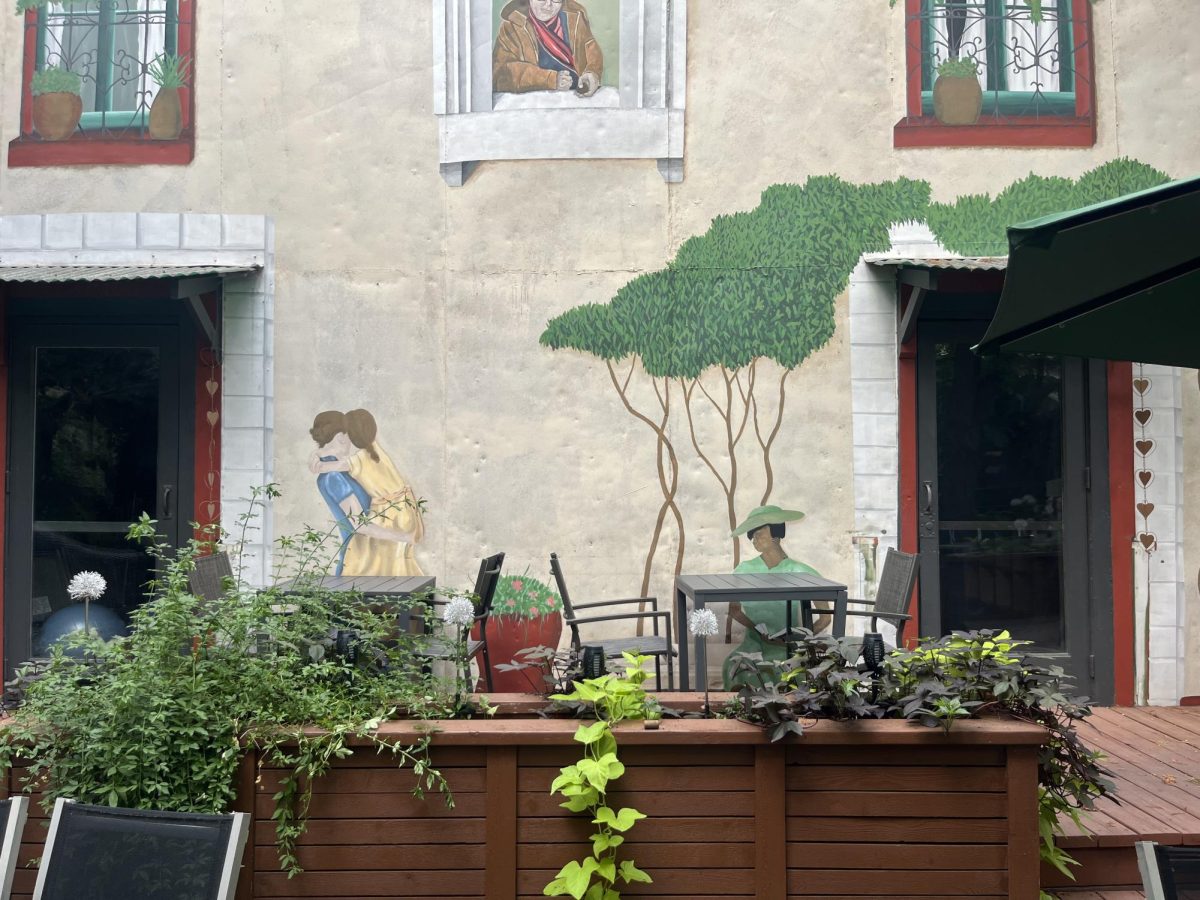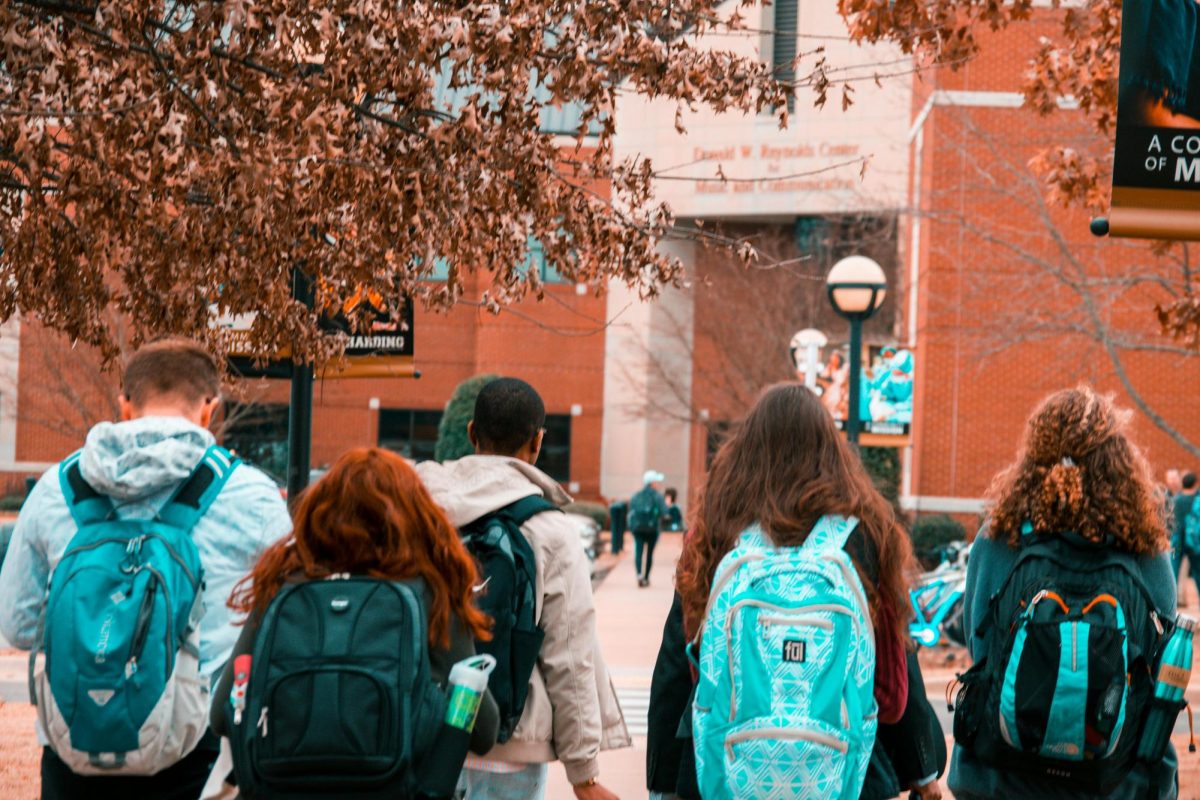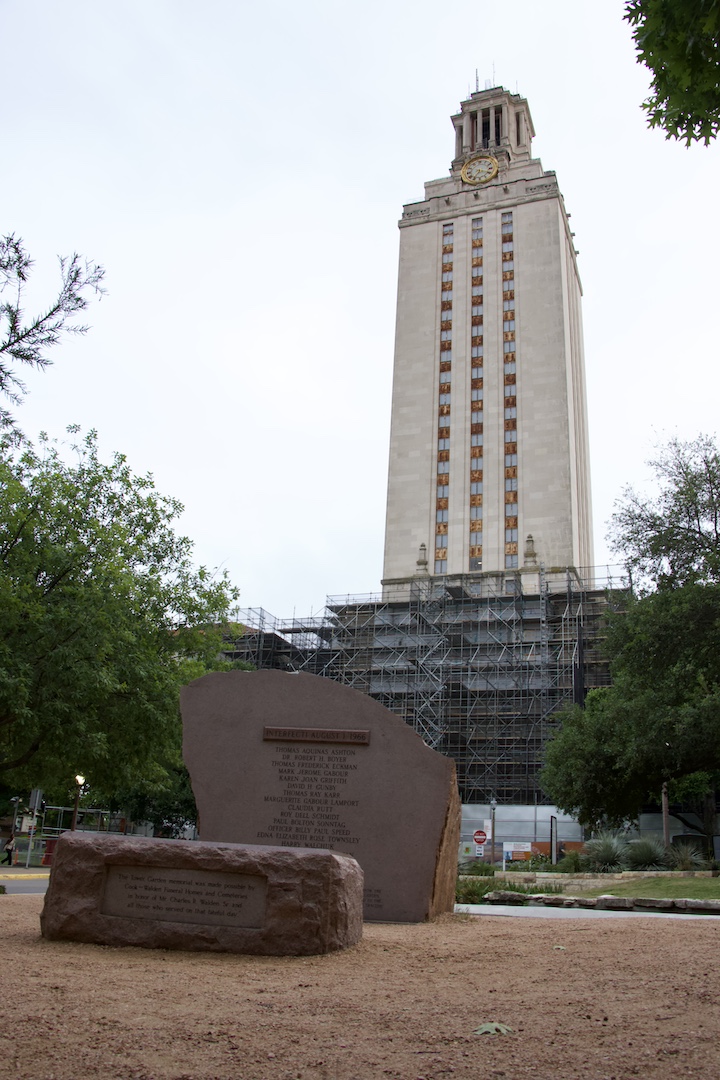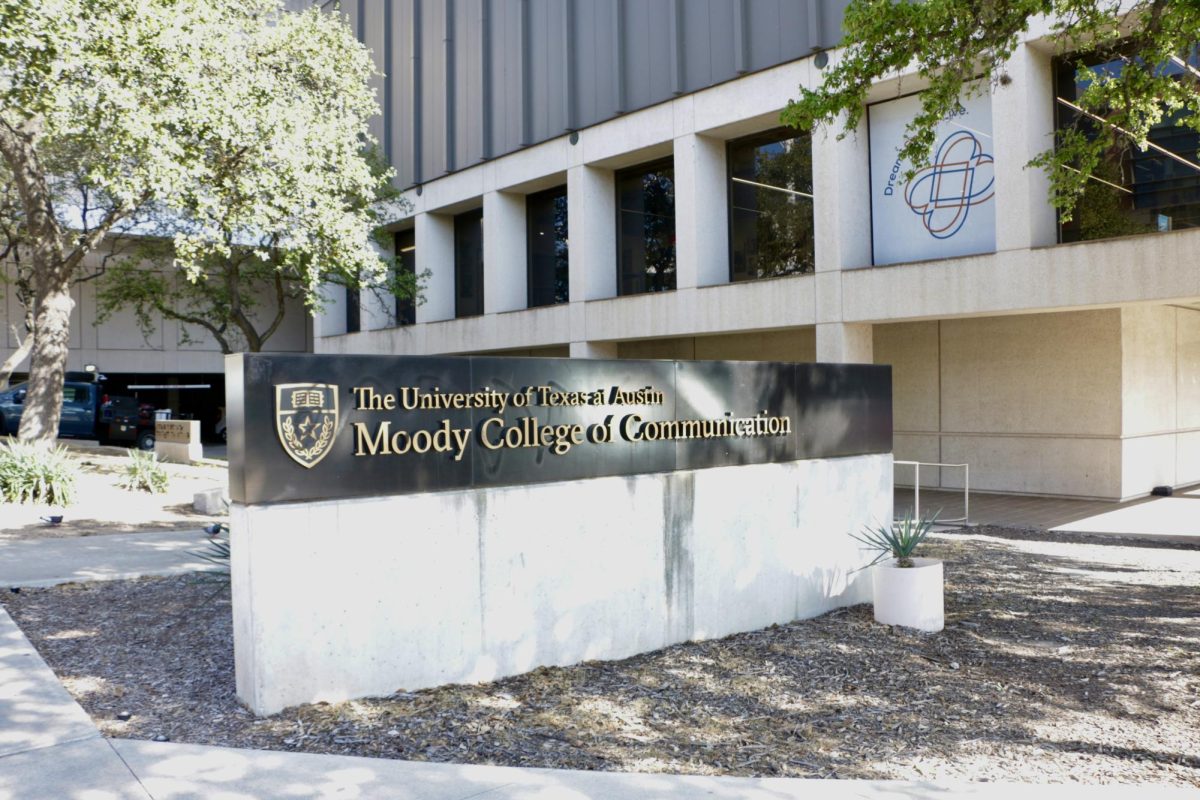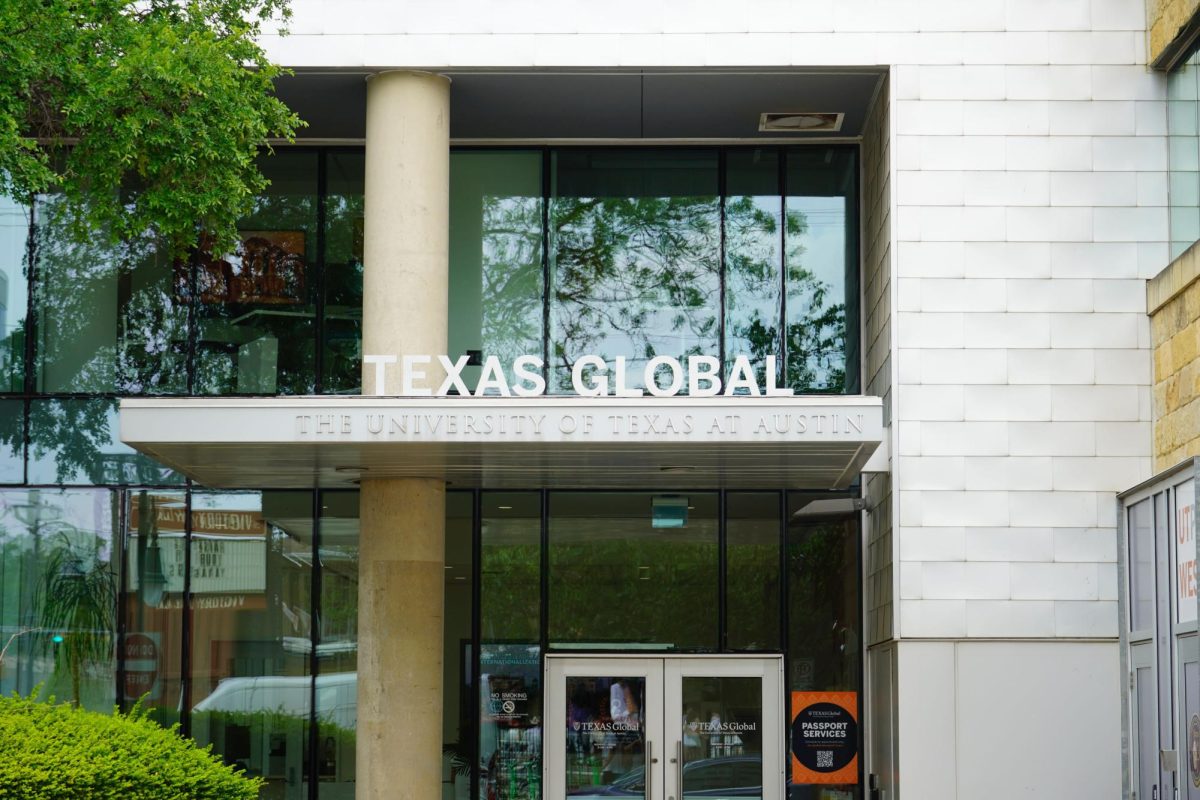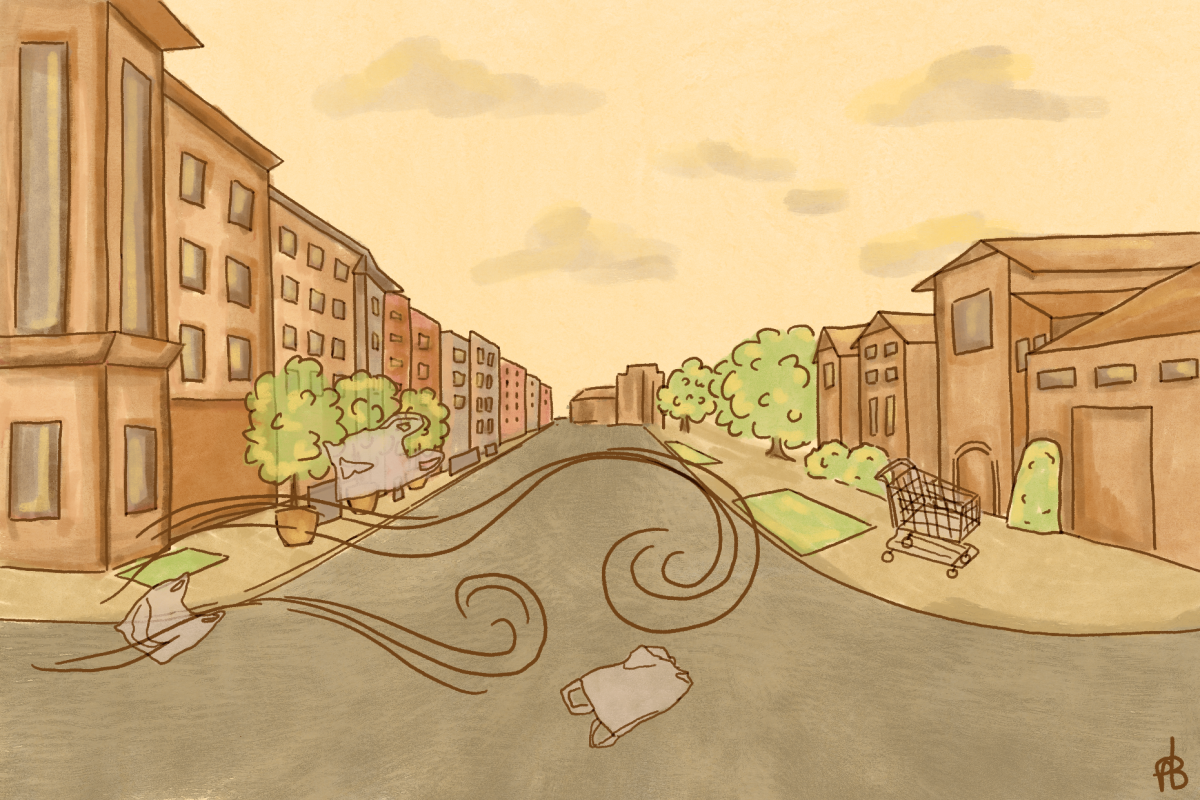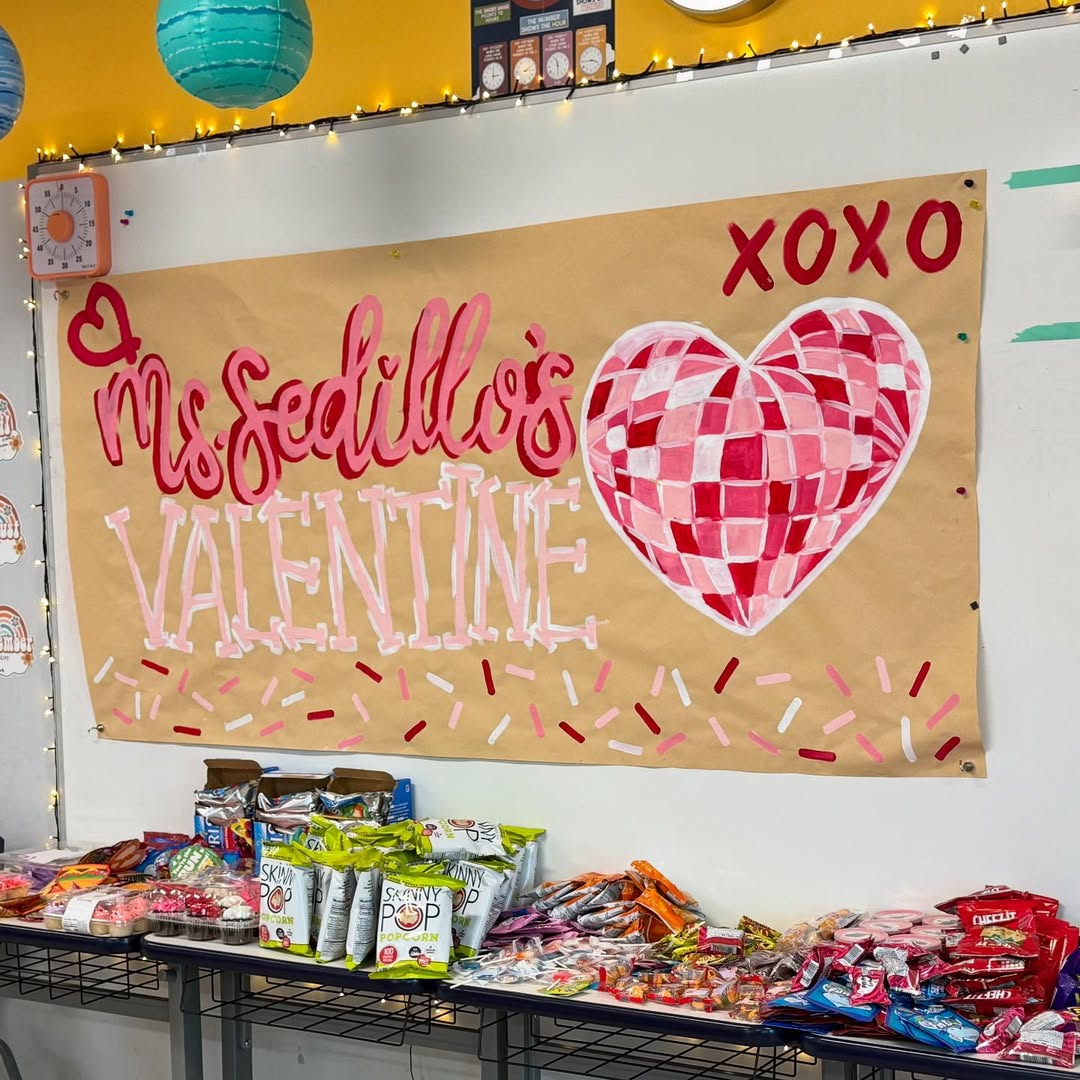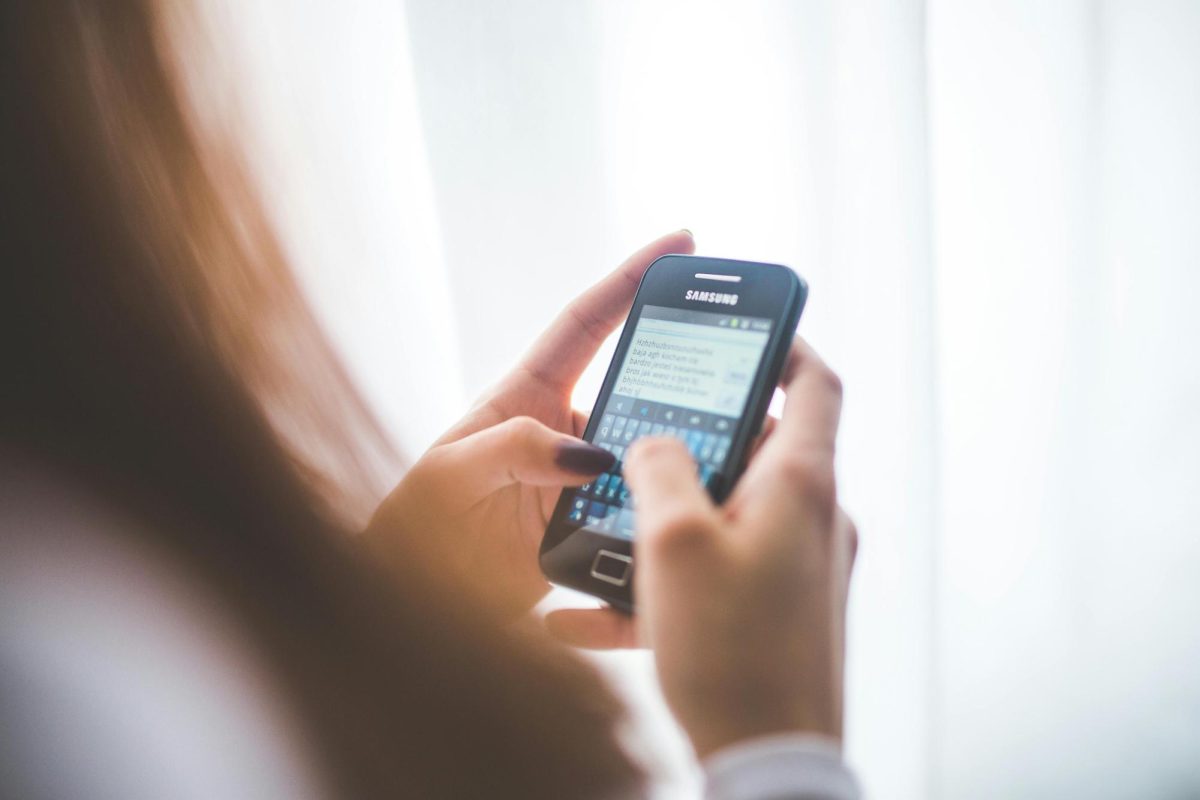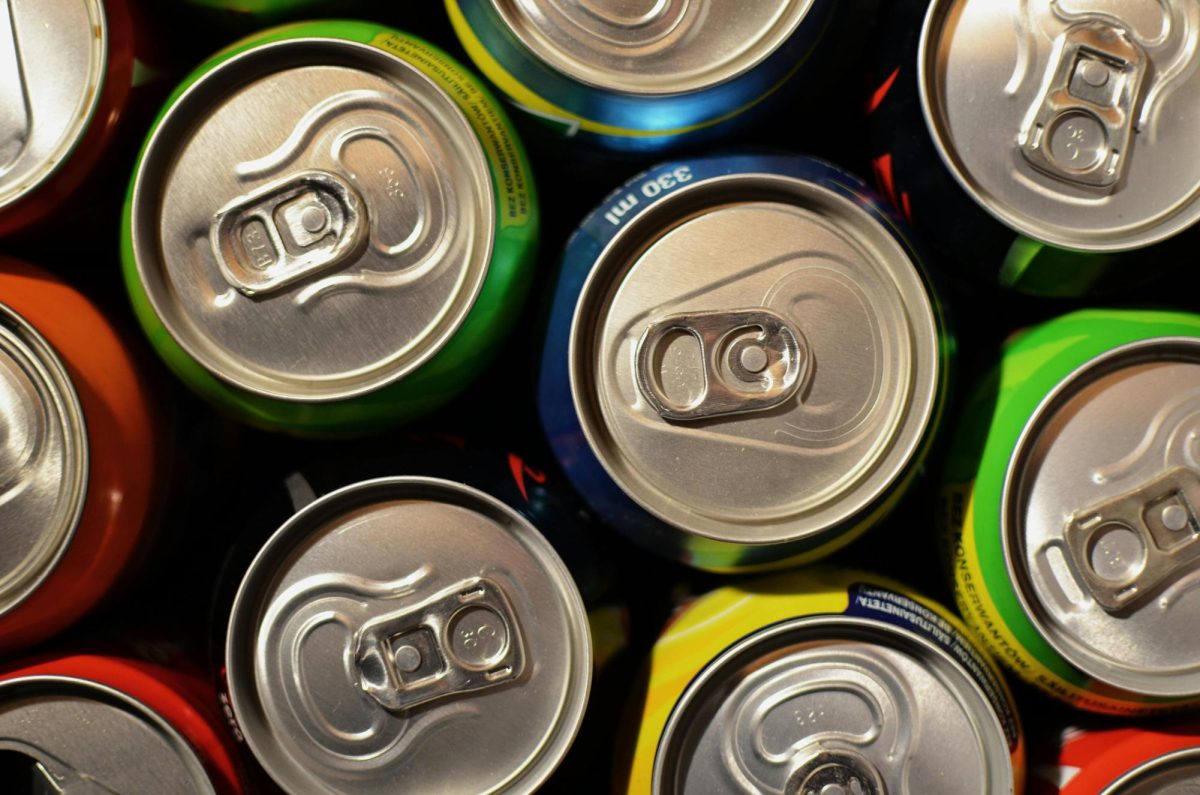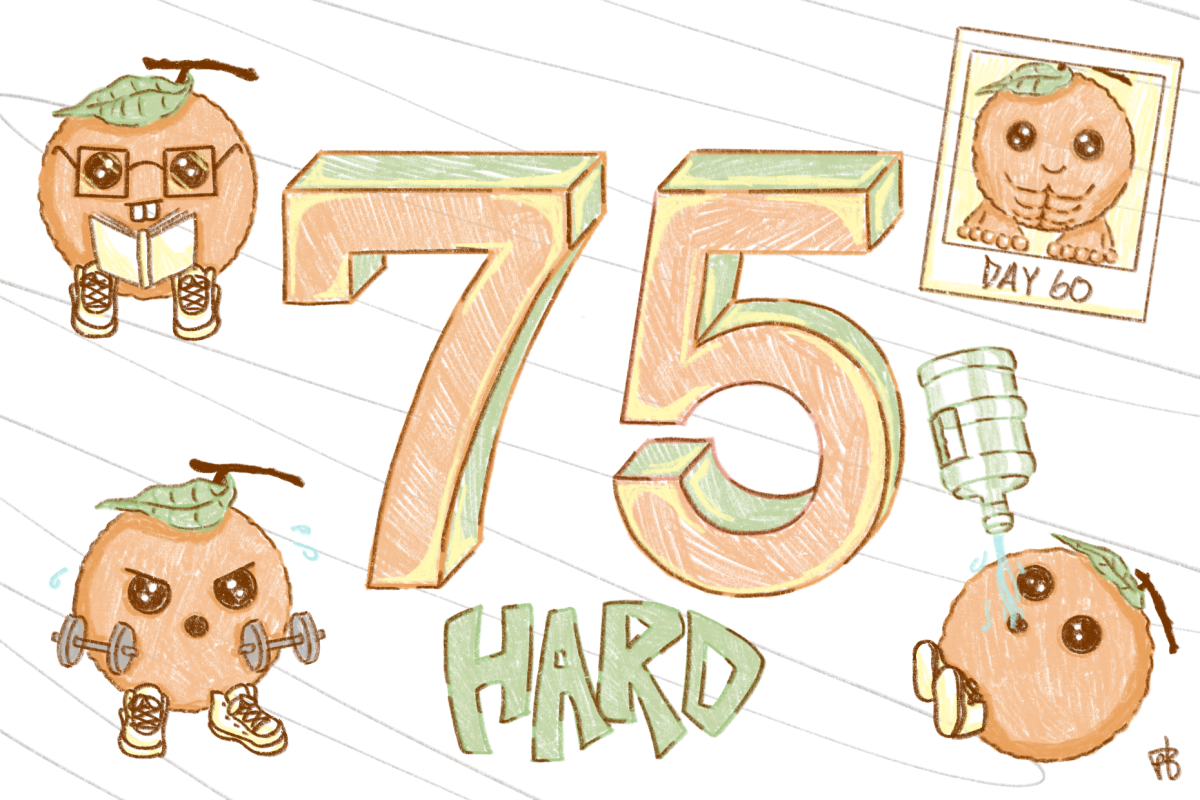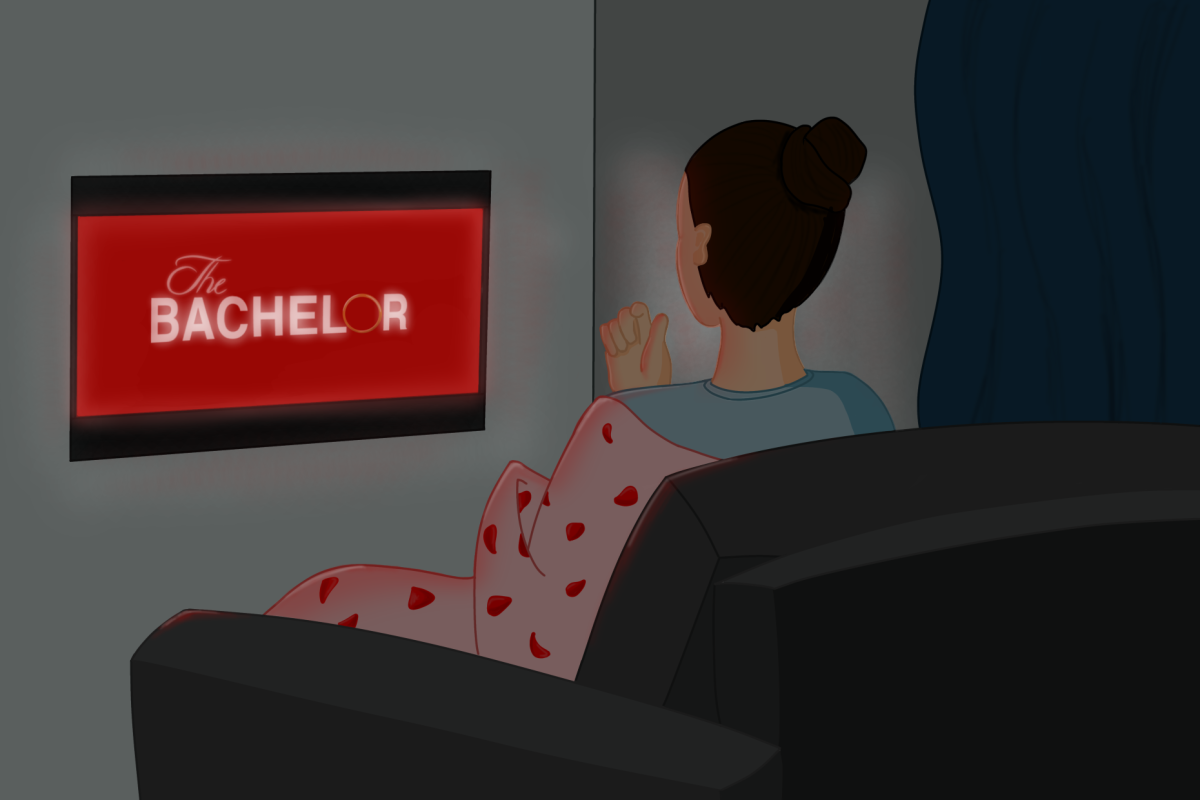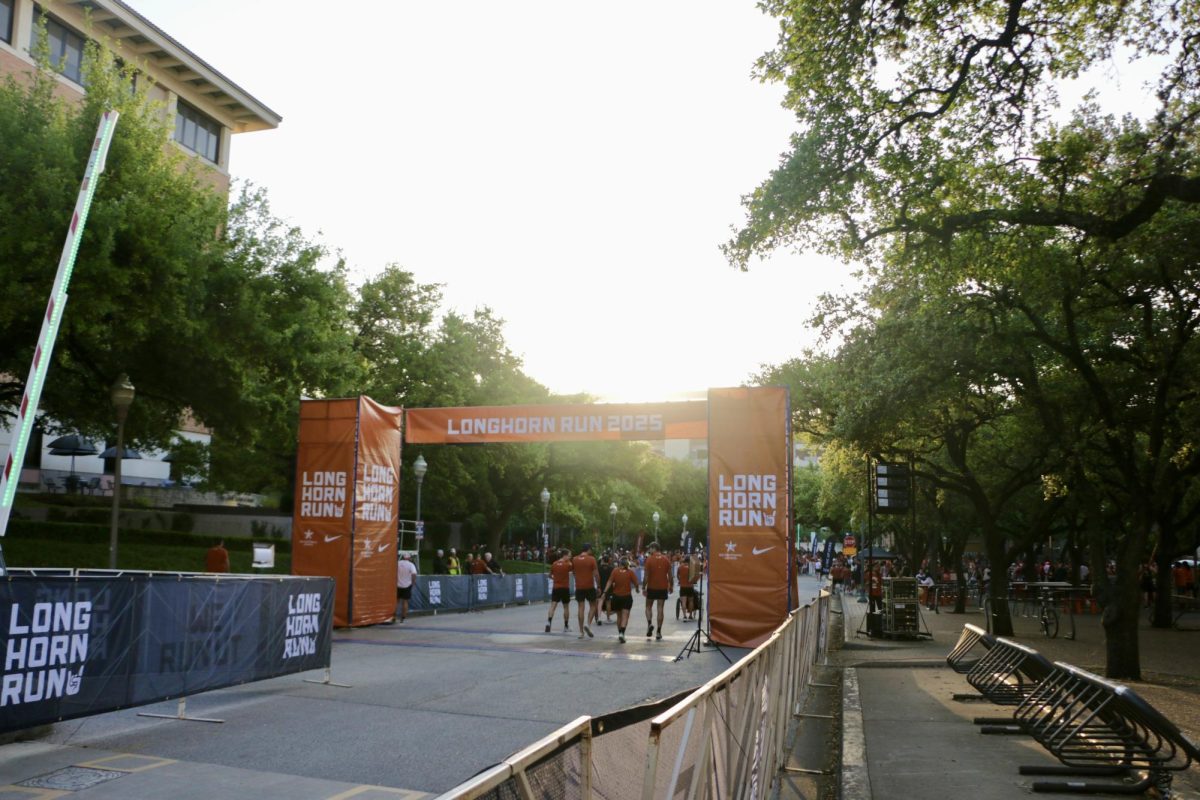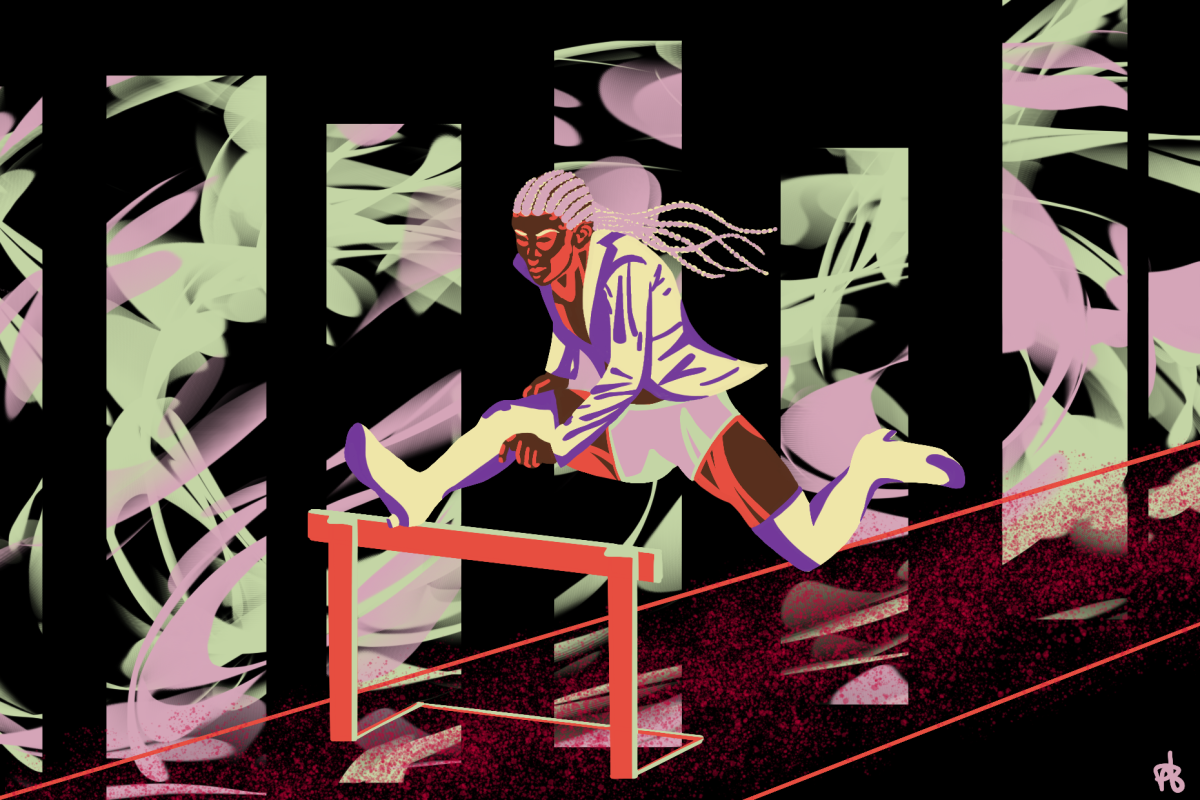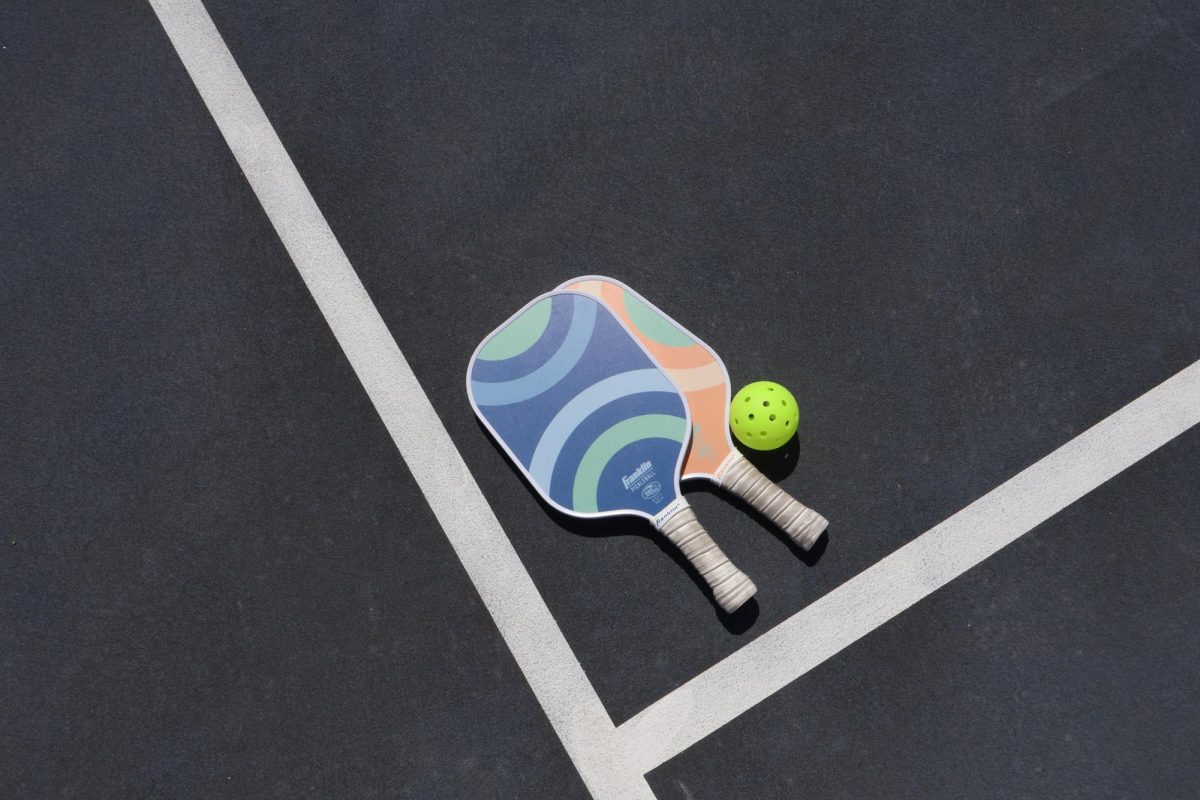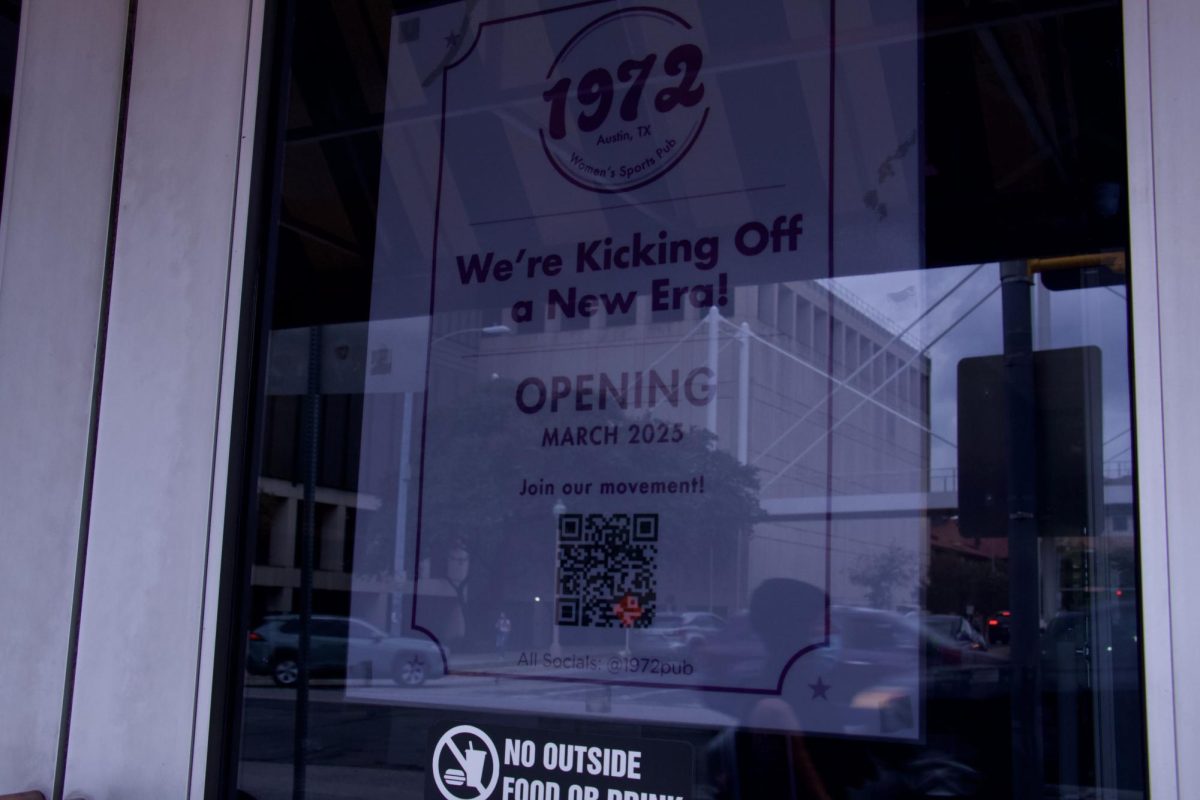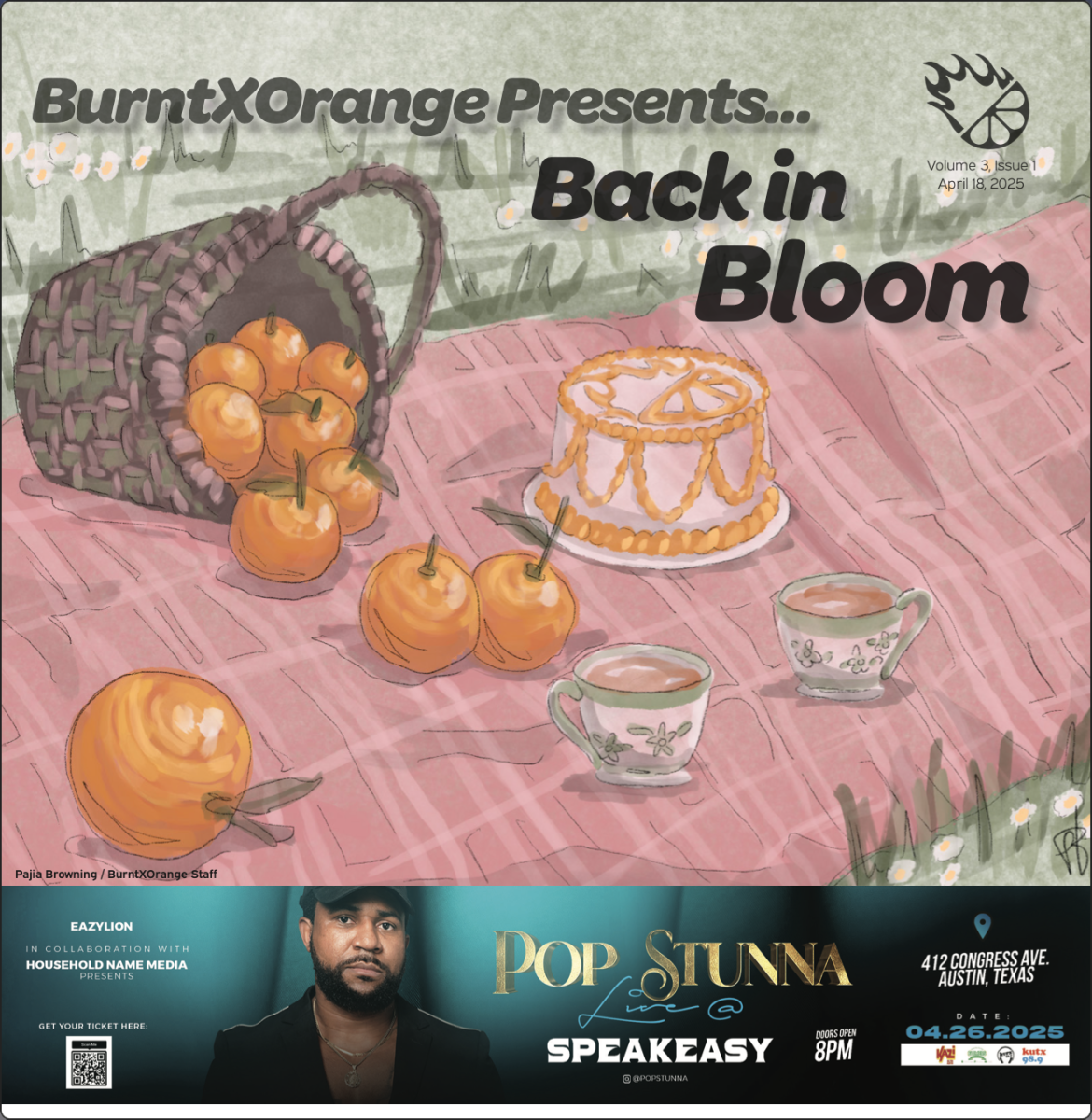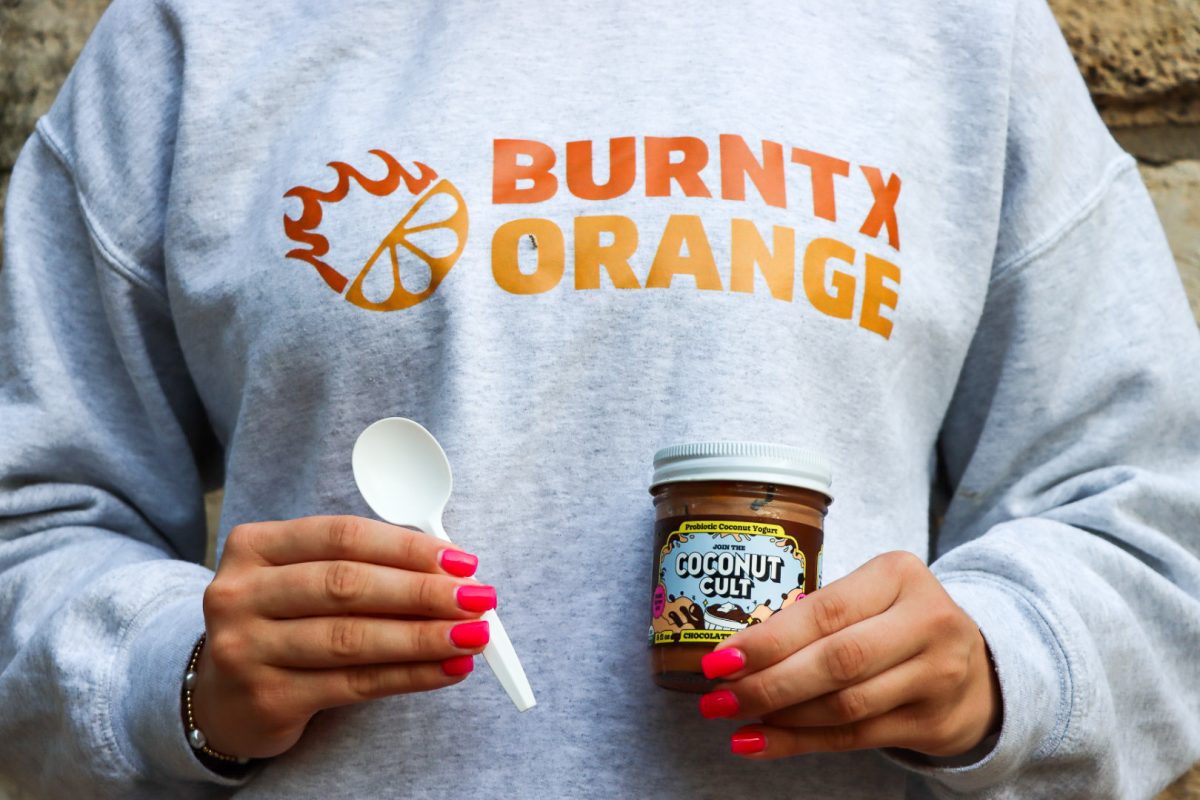Whether it’s on the desks of lecture halls or in the hands of students walking down The Drag, energy drinks like Celsius, Redbull, Alani Nu or Yerba Mate can be seen all over campus.
Small convenience stores located around West Campus sell these drinks and are quick stops that many students make on their way to morning classes.
Sanjib Khadkat, a cashier at Foodie’s Corner in West Campus, said he sees the same students coming in to buy energy drinks every morning when the store opens at 7 a.m.
“Every morning, there’s at least one person coming in to buy a drink,” Khadkat said. “We always keep them stocked.”
Many of these popular energy drink brands have taken notice of their large college audience and have created ambassador programs for students. Alani Nu’s ambassador program offers ambassadors monthly products, exclusive merch, credit codes, job opportunities and more. The program also requires participants to post on social media and promote products on their respective college campuses.
While college brand ambassadors have drawn attention to the products, the brands themselves have redesigned their packaging to draw in a different audience than typical energy drinks. According to The Seattle Times, Alani Nu designed their products with colorful packaging and fruity flavors in an attempt to distance themselves from the industry standard of hyper-masculine aesthetics.
On top of brands changing their designs, they’ve also started to emphasize statements like “sugar-free” and “increases focus.” Pink sparkly bottles of carbonated caffeine with flavors like “cosmic stardust” are replacing 5-hour energy bottles on the shelves.
A survey conducted by Kantar and Mintel found that these changes were successful at reaching a new audience as women between the ages of 18 and 34 consumed energy drinks 27% more than they did in 2023.
On average, these drinks have about 200 milligrams of caffeine per serving. For most healthy adults, the recommended amount of caffeine is about 400 milligrams.
Alessandra Alioto, a freshman economics major, has been drinking energy drinks almost every day since she was a sophomore in high school.
“I cannot function without one,” Alioto said. “I’ve just been drinking them for so long.”
Alioto even budgets her daily energy drink purchase into her monthly spending. She gets her daily energy drink from CVS, Target or online.
According to the CDC, 30-50% of adolescents consume energy drinks. Additionally, the Child Mind Institute said that 70% of teens are not getting the optimal nine hours of sleep needed each night.
Though consuming caffeine in moderation isn’t harmful, consumption at the wrong time can severely disrupt one’s quality of sleep, which makes functioning the next day that much tougher. For some students with days filled with lectures and assignments, too much caffeine can lead to stress and lack of productivity from not sleeping enough.
Further, replacing feelings of burn out with a caffeine buzz can have negative consequences when consumed in extreme amounts. According to People Magazine, a 28-year-old workout instructor had a heart attack and extreme brain damage from her energy drink and caffeine consumption.
The workout instructor drank about three energy drinks a day, along with her morning coffee. Consuming caffeine in this much excess can lead to symptoms like insomnia, anxiety, digestive issues and an increased heart rate.
When it’s so easy to get reliant on energy drinks, Alioto said it can be hard to wean off of them despite the consequences.
“I’ve tried to do caffeine cleanses, but I always have something coming up that I do need energy for,” Alioto said.
While these fun-flavored, seemingly harmless energy drinks may offer a quick fix for academic stress, they’re also becoming an ingrained part of the college lifestyle. With “aesthetic” branding and ambassador programs that target this age range, younger people are at risk of developing a dangerous reliance on energy drinks.
For students like Alioto, trying to drink fewer energy drinks isn’t about getting rid of a stubborn habit — it’s about finding a new source of energy to get through her busy college day, a feat she has yet to accomplish.
“I’ve tried to go cold turkey over school breaks by only drinking water,” Alioto said. “But that’s just not manageable at this point.”

